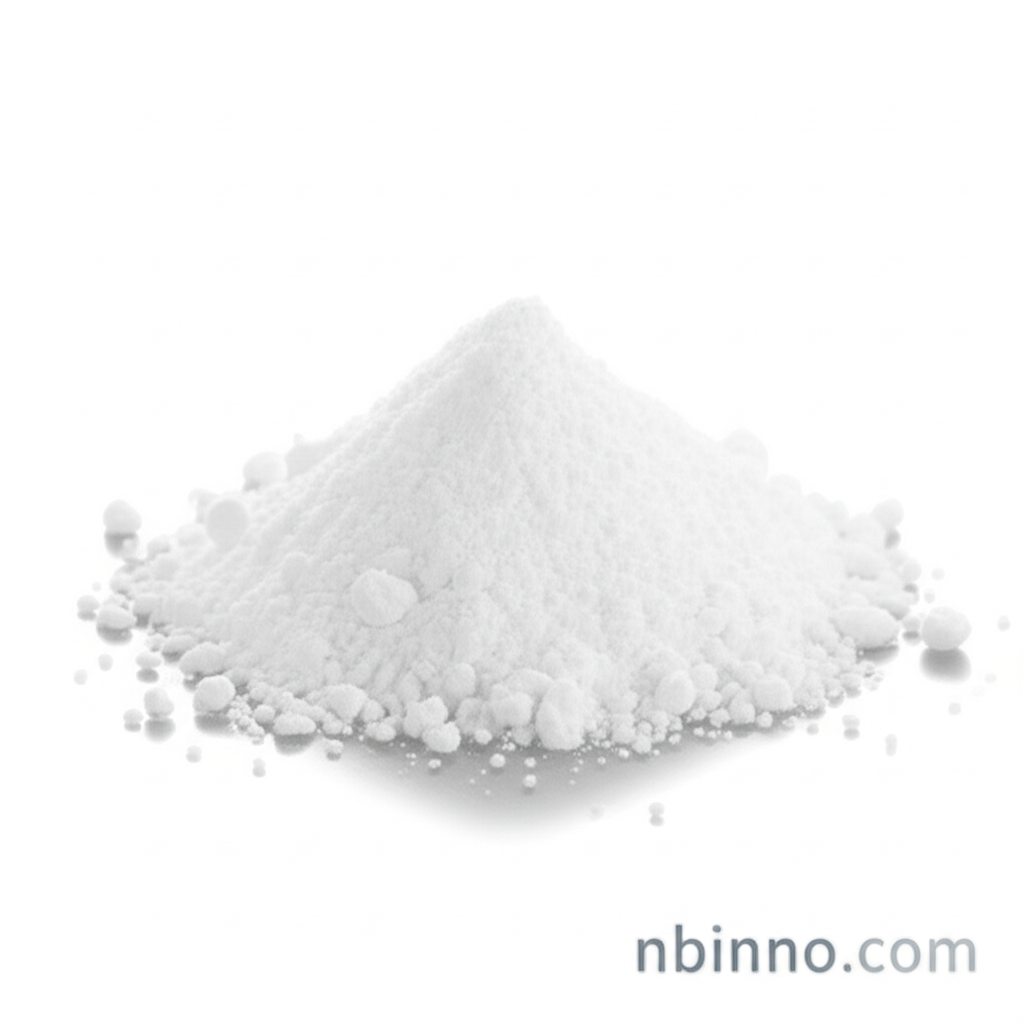High-Purity Boc-L-3-(2-Thienyl)-alanine: Your Trusted Supplier for Peptide Synthesis and Medicinal Chemistry
Discover the essential amino acid derivative, Boc-L-3-(2-Thienyl)-alanine, a key component for advanced peptide synthesis and innovative medicinal chemistry. As a premier manufacturer and supplier in China, we offer unparalleled quality and competitive pricing for your critical research and development needs.
Get a Quote & SampleUnlock Innovation with a Premium Amino Acid Building Block

Boc-L-3-(2-Thienyl)-alanine
As a leading manufacturer and supplier of fine chemicals in China, we provide high-purity Boc-L-3-(2-Thienyl)-alanine, a critical intermediate for your advanced research. This product is essential for sophisticated peptide synthesis and serves as a versatile building block in medicinal chemistry and chemical biology, offering researchers enhanced control and novel functionalities. Trust us as your reliable source for quality and innovation.
- High-Purity Boc-L-3-(2-Thienyl)-alanine for Peptide Synthesis: Ensure the success of your peptide synthesis projects with our meticulously manufactured amino acid derivatives.
- Medicinal Chemistry Applications: Leverage this crucial intermediate to design and synthesize novel bioactive compounds and drug candidates, improving target interactions.
- Enhance Chemical Biology Research: Utilize Boc-L-3-(2-Thienyl)-alanine to illuminate complex protein interactions and signaling pathways, advancing your scientific understanding.
- Quality Assurance from a Trusted Supplier: We guarantee consistent quality and reliable supply, making us your preferred manufacturer and purchase partner in China.
Key Advantages of Partnering with Us
Exceptional Purity for Reliable Results
Our Boc-L-3-(2-Thienyl)-alanine boasts high purity levels, crucial for achieving accurate and reproducible results in demanding applications like peptide synthesis and pharmaceutical R&D. Trust our manufacturing expertise to deliver consistent quality.
Cost-Effective Solutions from a Chinese Manufacturer
Benefit from competitive pricing and cost-effective solutions by purchasing directly from our manufacturing facilities in China. We provide excellent value without compromising on the quality of this essential chemical intermediate.
Dedicated Technical Support and Reliable Supply
We offer comprehensive technical support to assist your research and development. Our robust supply chain ensures a consistent and timely delivery of Boc-L-3-(2-Thienyl)-alanine, supporting your project timelines.
Diverse Applications in Scientific Advancement
Peptide Synthesis
As a fundamental building block, Boc-L-3-(2-Thienyl)-alanine is indispensable for the solid-phase synthesis of peptides, enabling the incorporation of thienyl side chains for modified peptide structures and function exploration.
Medicinal Chemistry
This compound serves as a valuable intermediate in drug discovery, allowing chemists to synthesize novel molecules with enhanced target specificity and improved pharmacological profiles for potential therapeutic agents.
Chemical Biology Research
Researchers utilize Boc-L-3-(2-thienyl)-alanine to investigate protein-protein interactions and biological pathways, providing critical insights into cellular mechanisms and potential therapeutic targets.
Biomaterial Development
The unique properties of this amino acid derivative make it suitable for creating advanced biomaterials and surface modifications, potentially impacting fields like drug delivery systems and tissue engineering.
